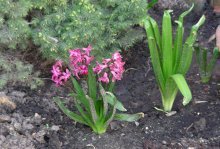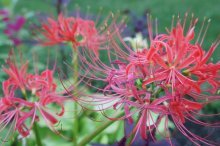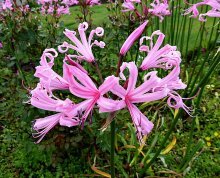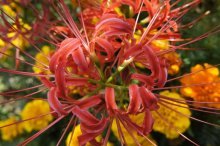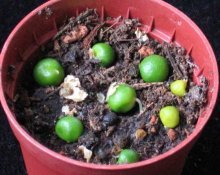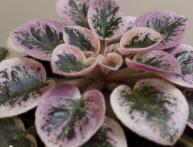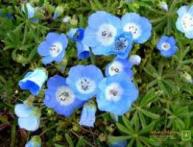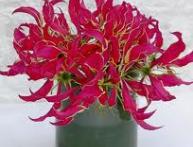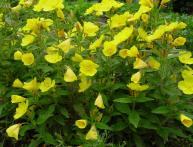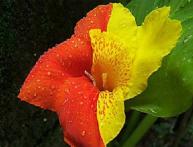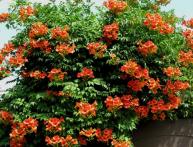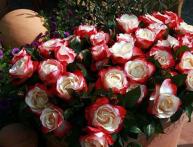Nerine Bowden, types, care features, reproduction
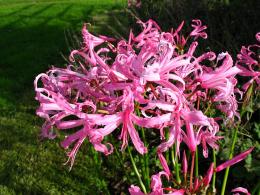
Nerine Bowden is a beautiful plant that has long been loved by gardeners. Original and bright, it will decorate any garden or window sill, if properly cared for.
Content:
- Nerine Bowden - what kind of plant
- Types and features
- How to properly care
- Planting rules and propagation
- What diseases and pests can you suffer from and how to fight them?
Nerine Bowden - what kind of plant
Bowden's nerine is a bulbous plant that is widespread among gardeners. It is frost-resistant and can be used as a garden plant. The article will tell you about its types, care features and methods of reproduction.
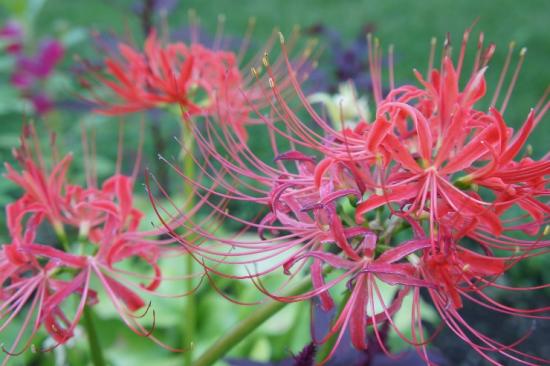
This bulbous flower originates from South Africa, but, thanks to its beauty, it quickly spread throughout the world as a garden crop.
Bowden's Nerine or Spider Lily as it is also called is a flower with linear narrow leaves of a dark green color. The plant stem reaches a height of half a meter. At the end of the bare stem there is an umbrella-like inflorescence, which is formed simultaneously with the leaves.
The umbrella of Nerine inflorescences is represented by a pair of funnel-shaped flowers of white, red, pink or even deep crimson colors.
The plant bulb is 3–5 cm in diameter.
The flowering period is early September and October. Depending on climatic conditions, it can be grown both as an indoor and garden plant.
Types of plants and their features
In nature, there are several varieties of flower culture. Common ones include the following.
Nerine Sarneyskaya
The progenitor species of many hybrids. It features red, white and orange flowers. The petals are narrow, curled at the top of the stems.
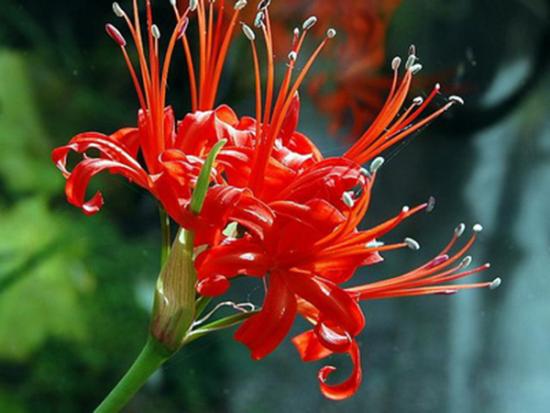
Nerine Twisty
Rare view. The flowers are represented by inflorescences of light bells, which are located at the ends of elongated stems. Flowering period is autumn.
Nerine the Shy
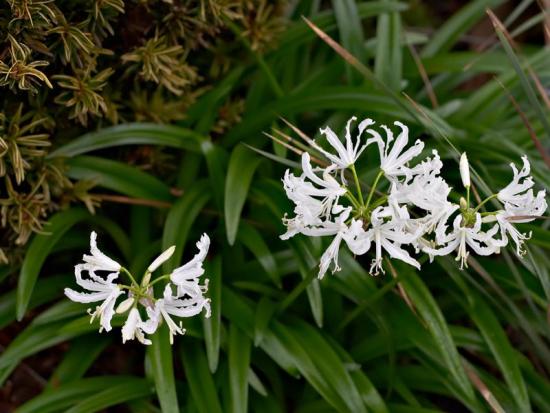
The bulb is round, 3 cm in diameter. Leaves from four to six, color bluish-greenish. There can be from four to six flowers on one stem;
Nerine Bent Leaf

Brought to Europe from Cape Verde. The leaves of the flower are ribbon-linear and appear completely only after the flower has faded. The flowers are large and look like lilies. Color – red.
There are many hybrid species, but the most notable is Bowden's Nerine. The cold-resistant and strong plant is much less whimsical than its counterparts.
How to properly care
The main principles of care include:
- Maintain bright, indirect light;
- Maintain a temperature of 23-25°C during the dormant period of the bulbs and 8-10°C after Nerine has flowered. The latter is important, since if this norm is exceeded, the plant will not bloom the next year;
- Optimal watering. So, after the plant has flowered, watering should be reduced, and by the spring it should be reduced even more, until it stops completely until the next germination period;
- The mandatory period of rest is from May to August. The plant does not need to be fed during this period. You can plant the flower again at the beginning of the last month of summer;
- Selecting the most suitable soil for planting - a mixture of sand, clay and humus in equal proportions. Fertilizing can be done with liquid fertilizers once a week during the flowering period and twice a month after the end;
- Correct transplantation - plant the bulbs in a pot no larger than 13 cm in diameter. The bulb should be placed without burying the head.
An important feature is its cold resistance.
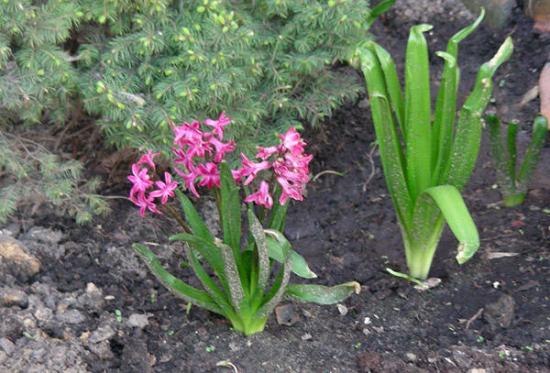
So, Nerine Bowden’s planting and care in open ground is based on the following rules:
- Planting is possible only in mild climates;
- It is recommended to plant the flower in sunny, moderately moist areas with protection from the winds;
- It is recommended to plant in open soil in early July-August;
- The distance between the bulbs is 7-10 cm;
- After planting, the soil on top should be covered with a layer of sawdust or grass cuttings, which will protect it from freezing.
Nerine Bowden can withstand cold temperatures down to – 8°C, but it is important to remember that excessive moisture can lead to rotting of the bulb, and too wet winters can lead to its freezing.
Planting rules and propagation
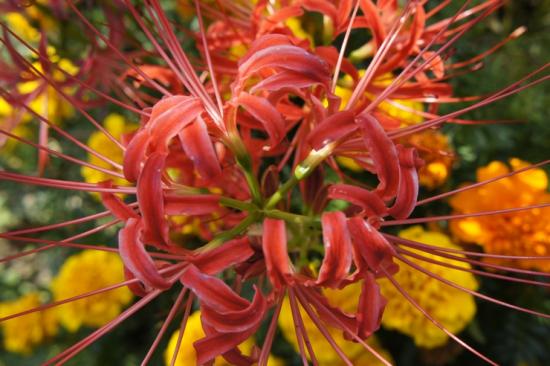
The basic landing rules include:
- You cannot trim the green leaves of the plant;
- The diameter of the pot should not exceed 13 cm;
- Excessive watering before germination is not recommended;
- You should not replant Nerina more than once every four years;
- There must be a drainage layer at the bottom of the pot;
- It is important to regularly ventilate the room where the flower is located.
If all these rules are strictly followed, the flower will definitely live and will delight its owners with flowering.
There are several ways to propagate a flower.
Reproduction through seeds
The seeds are mixed with sand before planting. Moistened vermiculite can act as a nutrient medium.The mixture is poured into a box and left for two to three weeks at a temperature of 22°C. After the seeds sprout, the temperature should be lowered to 14-18°C. Breeding Nerine from seeds is carried out for three years without interruption during dormancy.
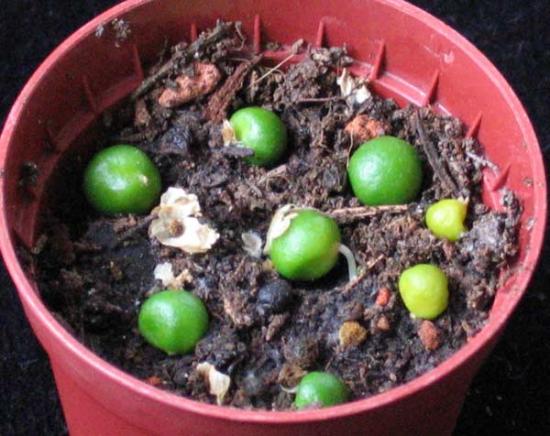
Reproduction through children
To do this, when replanting in spring, it is enough to separate the small plants from the large bulbs and plant them in a separate container. In three to four years the young plant will bloom.

Despite the apparent hassle of growing Nerine, this plant is worth the effort. It will be a great addition to any gardener's collection.
What diseases and pests can you suffer from and how to fight them?
Nerine rarely suffers from diseases and pests. However, the plant is not immune from bulb rotting. To prevent this from happening, it is recommended to control watering.
Often, however, the flower may suffer from attacks by aphids. In this case, you should immediately treat the plant with special chemicals. If after the first treatment the pests have not disappeared, the procedure should be repeated after a few days.
Bowden's nerine is a perennial flower. It is cold-resistant, that is, Nerine Bowden feels good in open ground.
The plant bulb is mostly located above the soil. There can be from six to twelve flowers on one stem.
Additional information about the characteristics of the plant and recommendations for its cultivation are in the video:

